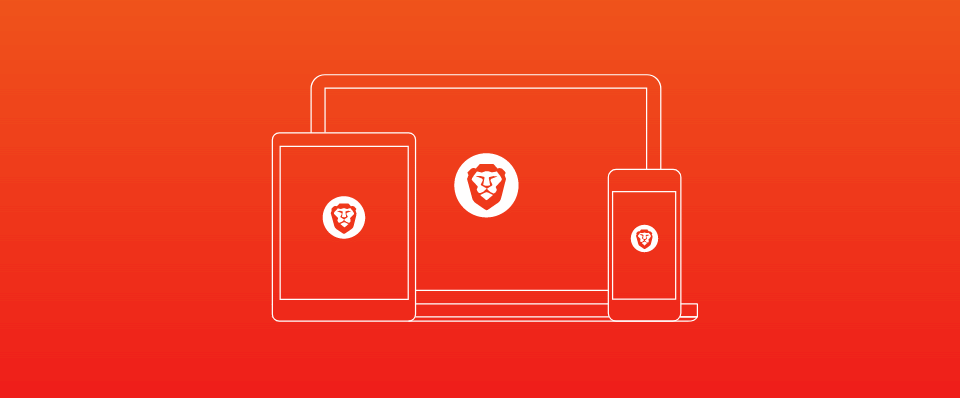Brave Browser Leaks Onion Addresses In DNS Traffic

The Tor mode included with the Brave web browser allows users to access .onion dark web domains inside Brave private browsing windows without having to install Tor as a separate software package.
Added in June 2018, Brave's Tor mode has allowed throughout the years access to increased privacy to Brave users when navigating the web, allowing them to access the .onion versions of legitimate websites like Facebook, Wikipedia, and major news portals.
But in research posted online this week, an anonymous security researcher claimed they found that Brave's Tor mode was sending queries for .onion domains to public internet DNS resolvers rather than Tor nodes.
While the researcher's findings were initially disputed, several prominent security researchers have, in the meantime, reproduced his findings, including James Kettle, Director of Research at PortSwigger Web Security, and Will Dormann, a vulnerability analyst for the CERT/CC team.
Furthermore, the issue was also reproduced and confirmed by a third source, who also tipped off ZDNet earlier today.
The risks from this DNS leak are major, as any leaks will create footprints in DNS server logs for the Tor traffic of Brave browser users.
While this may not be an issue in some western countries with healthy democracies, using Brave to browse Tor sites from inside oppressive regimes might be an issue for some of the browser's other users.
Brave Software, the company behind the Brave browser, has not returned a request for comment sent before this article's publication earlier today.
Over the past three years, the company has worked to build one of the most privacy-focused web browser products on the market today, second only to the Tor Browser itself.
Based on its history and dedication to user privacy, the issue discovered this week appears to be a bug, one the company will most likely hurry to address in the coming future.
Update: Minutes after this article went live, the Brave team announced a formal fix on Twitter. The patch was actually already live in The Brave Nightly version following a report more than two weeks ago, but after the public report this week, it will be pushed to the stable version for the next Brave browser update. The source of the bug was identified as Brave's internal ad blocker component, which was using DNS queries to discover sites attempting to bypass its ad-blocking capabilities, but had forgotten to exclude .onion domains from these checks.
tl;dr
1. this was already reported on hackerone, was promptly fixed in nightly (so upgrade to nightly if you want the fix now)
2. since it's now public we're uplifting the fix to a stable hotfixroot cause is regression from cname-based adblocking which used a separate DNS query https://t.co/dLjeu4AXtP
— yan (@bcrypt) February 19, 2021
Reassessing AI Investments: What The Correction In US Megacap Tech Stocks Signals
The recent correction in US megacap tech stocks, including giants like Nvidia, Tesla, Meta, and Alphabet, has sent rippl... Read more
AI Hype Meets Reality: Assessing The Impact Of Stock Declines On Future Tech Investments
Recent declines in the stock prices of major tech companies such as Nvidia, Tesla, Meta, and Alphabet have highlighted a... Read more
Technology Sector Fuels U.S. Economic Growth In Q2
The technology sector played a pivotal role in accelerating America's economic growth in the second quarter of 2024.The ... Read more
Tech Start-Ups Advised To Guard Against Foreign Investment Risks
The US National Counterintelligence and Security Center (NCSC) has advised American tech start-ups to be wary of foreign... Read more
Global IT Outage Threatens To Cost Insurers Billions
Largest disruption since 2017’s NotPetya malware attack highlights vulnerabilities.A recent global IT outage has cause... Read more
Global IT Outage Disrupts Airlines, Financial Services, And Media Groups
On Friday morning, a major IT outage caused widespread disruption across various sectors, including airlines, financial ... Read more

